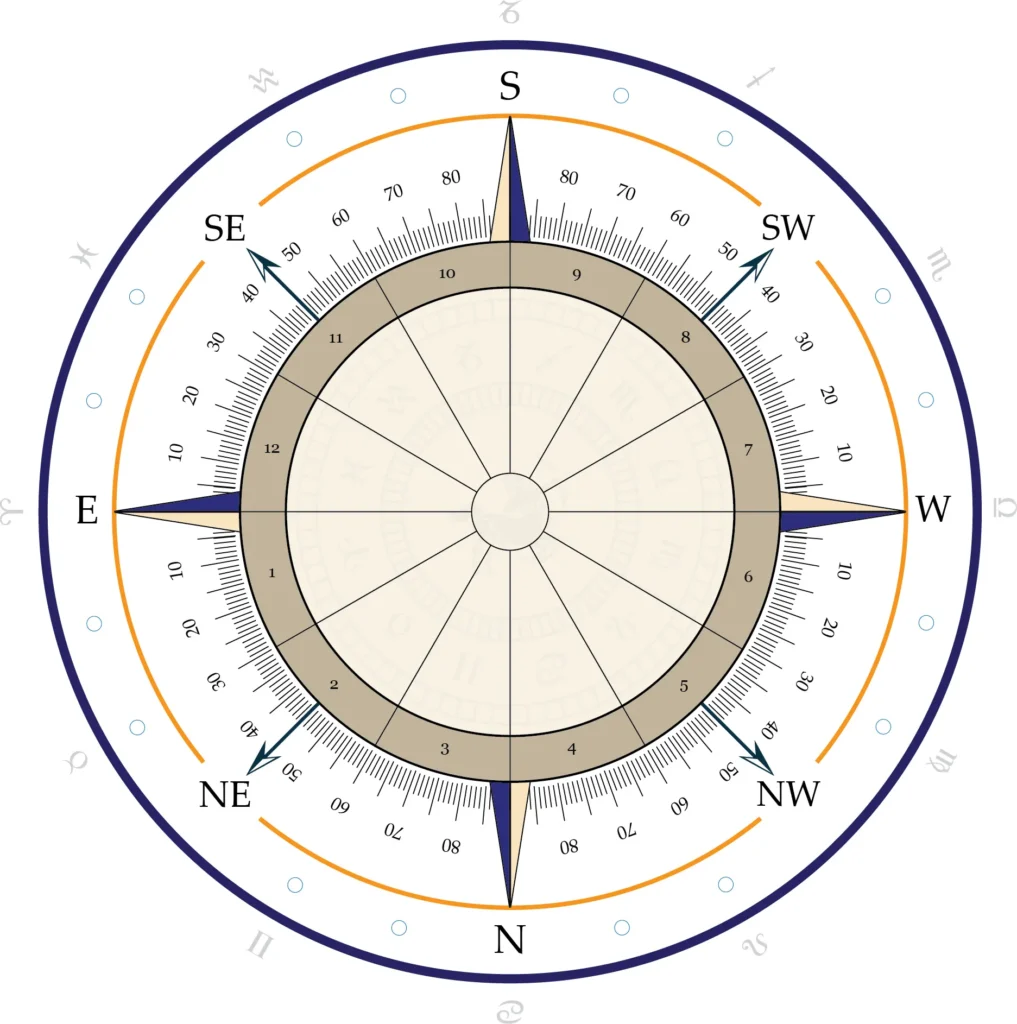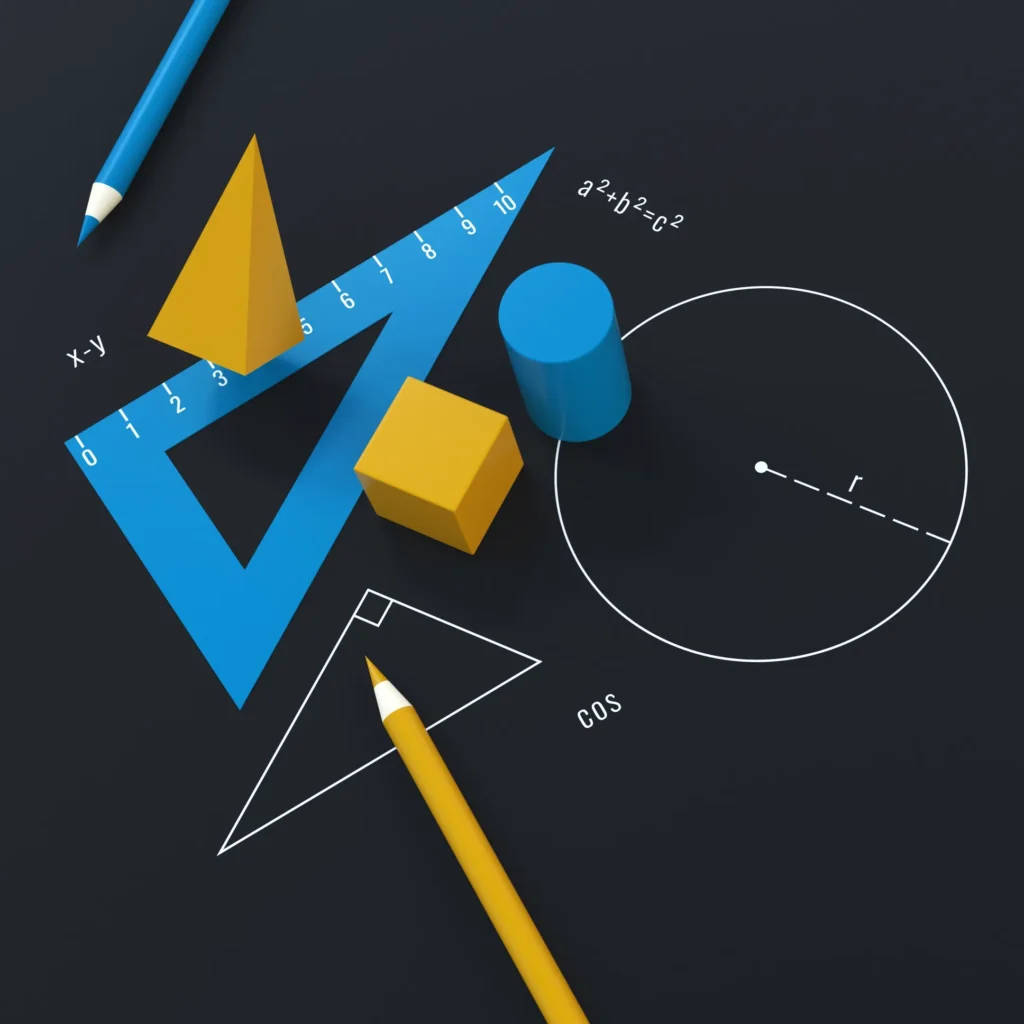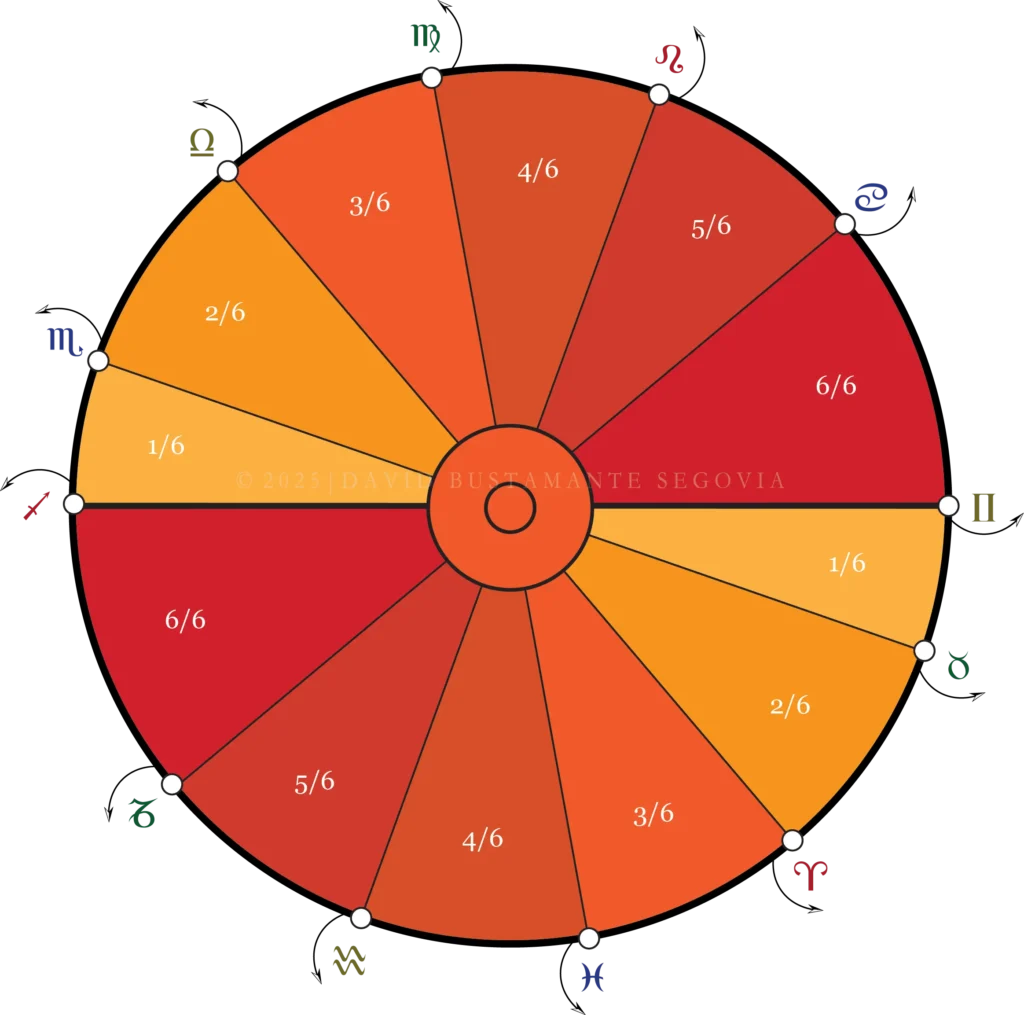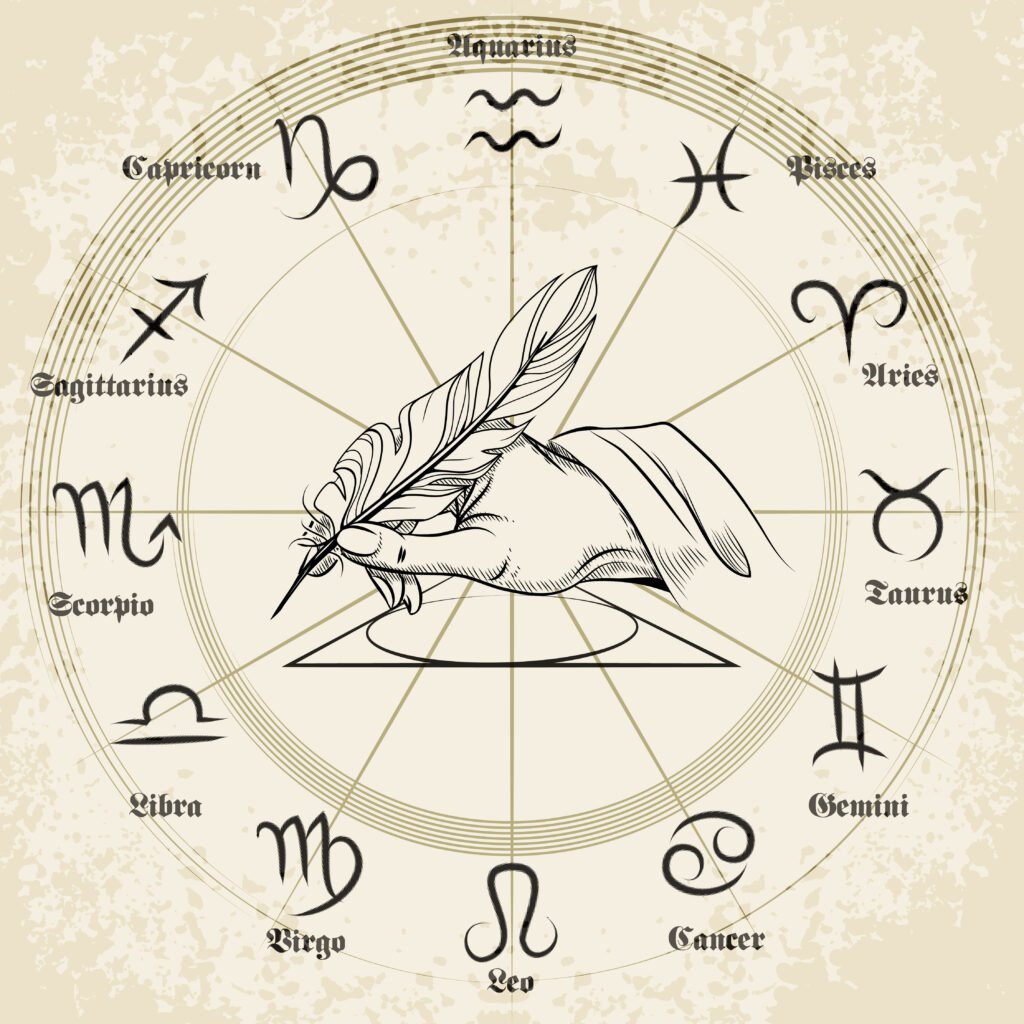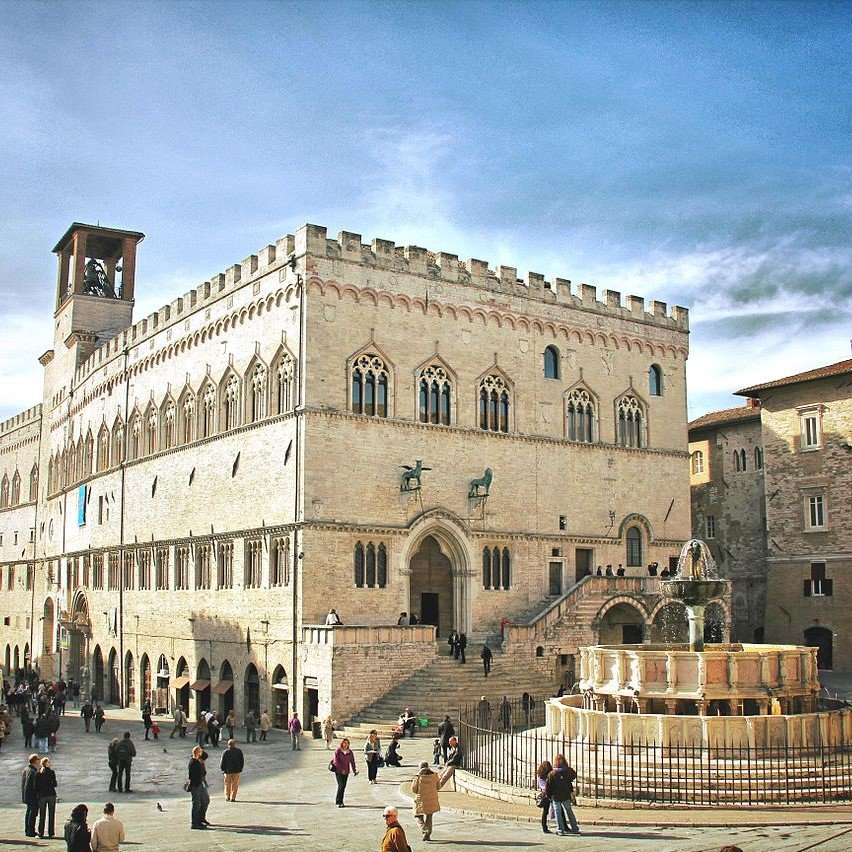
The Alleged Dialogue between Galileo and Placidus (Perugia, 1640)
Florentian astronomer and astrologer Galileo and also Italian physicist and astrologer Placidus met in the Medieval city of Perugia (Italy) during the spring of 1640 and Galileo said to him:
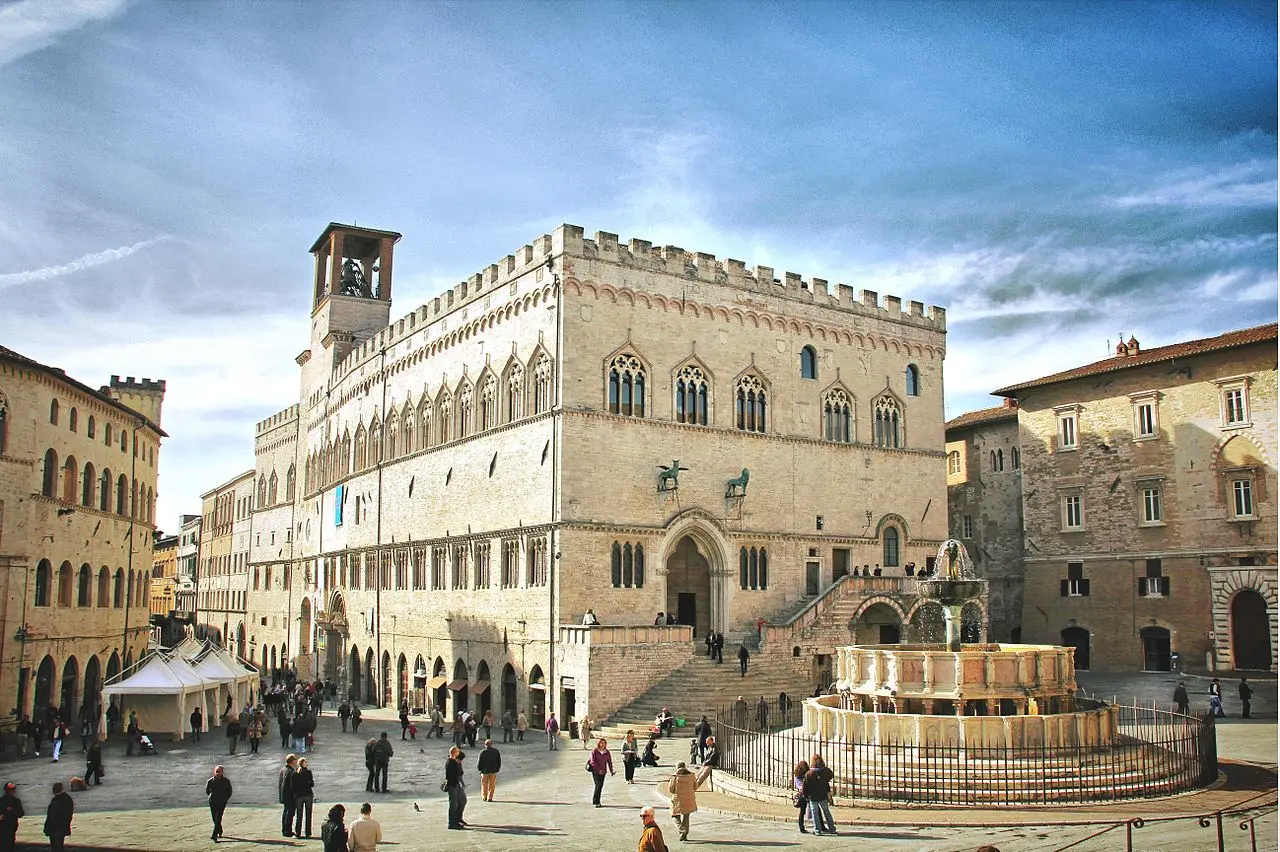
“I will explain why all inertial frames of reference were created equal before the eyes of God or physics as follows, Placidus. Think of each segment of our ecliptic (i.e. the twelve months of our tropical year) as having their own hands, like clocks have. Like clocks, they too tick, only these ticks are not the sixty seconds or minutes to which you are used but their thirty degrees engraved by the footsteps of the sun throughout the day of every day of the year, as you already know, as it is nothing but the very basis of tropical or Ptolemaic astrology.”
“Yes,” Placidus said, and Galileo continued: “Just as time can take more time to elapse, that is, just as the coordinates of time or the length between the seconds and the minutes can stretch or be further apart from each other due to gravity or high speeds, so too the length between the degrees of said segments due, in this case, to the inclination of the frames of reference (obliquity), as both velocity (direction) and gravitation (curved space) will remain constant or the same for all signs or segments at any one latitude. That is, any one latitude can be considered to be an inertial frame of reference or the frame at rest. Even though it is the Zodiac/the sun that does not move or remains fixed (thanks to the sun), but Earth that spins, she does so at a constant velocity at any one latitude.”
“It is not inertial or at rest relative to another latitude. That is, relative to another or a different frame of reference,” you’re saying.
“That is correct,” replied Galileo, “which is the same as saying that it is not inertial or at rest relative to a different or another time of the year either in any one same latitude. Again, obliquity, not velocity nor gravity, will be responsible for this.”
Placidus, for his part, began to complete the reasoning. “This is why only quadrant or fundamental houses would reflect this form of relativity, for they consider and measure the horizon of the observer in addition to the planetary positions in space (i.e. throughout the ecliptic).”
“Especially if time constitutes the basis of their measurement, that is, the rotation of the Earth,” Galileo added, “in which case it would bear a close relationship to your principle of relative motion or velocity,” Placidus bothered to clarify as he interrupted him, and specified: “as opposed to those that have focused on space at the expense of time, for spatial measurements cannot bear the fruits which that of time can bear.”
“Precisely,” the Florentine astrologer said. “Still, neither distinguishes the times of ascension of each degree contained between the ASC and the MC. For reasons of expediency, it seems.”
“The one most accurate to date is that formulated and set forth by the sensible 10th century Muslim mathematician and astrologer Al-Qabisi,” Placidus provided, “as he did take care to measure the amount of time the sun would have invested in travelling from the ASC to the MC at any given latitude if it had occupied the ascending degree of the chart.”
“For that reason, its practitioner must be prepared to measure said amount of time for any one degree of the ecliptic, that is, whatever amount of time any degree would have accumulated in travelling half of the diurnal arc,” Galileo maintained, “in order to later divide said amount of time into three equal parts and distinguish the intermediate cusps thereby. However, even though having been able to do the same for all degrees contained between the ASC and the MC, the method ignored these times and assigned identical speeds or ascensional times to all degrees contained within the quadrant: the speed or time of the ascending degree. Again, for reasons of expediency, it would seem.”
“I have been studying Ptolemy’s primary directions and it would seem that he actually solved that problem,” Placidus replied, “although not during horoscope or astrographical construction but for the purpose of being able to tell the exact time of maturity of a matter (the length of life technique, in particular). Ptolemy was able to determine exactly the time at which a certain event (represented or otherwise signified by any point) would come to bear. He would simply rely on the natural movement of the heavens, that is, the Earth’s rotation and the relationship of the objects with our horizon. What if I were to occupy myself with developing the same calculation for the purpose of erecting a birth map?”
“You would have found a way for a chart to be able to reflect the footsteps of the sun rigorously, that is, the passage of time for all degrees, for it would constitute a simultaneous and uninterrupted measurement of, I say again, the footsteps of the sun,” Galileo told Placidus. “In sum, I say this too again, the times of ascension of all degrees contained between the ASC and the MC.”
“Which is the same as saying: of the amount of time it would have taken for the sun to travel said distance if it had occupied any or all degrees,” Placidus added, “our interest being in the two degrees that would fill the exact points on the horizon where the first and second sixths of the diurnal arc end.”
“Your houses could then be described as he whose fundamental task is to record the time or the hands of 360 clocks simultaneously as they displace themselves through a curved space that we regard or recognise as the diurnal arc, that is, from the moment their hands loom above the horizon until they hide below it at the diametrically opposite point.”
“Yes, although they would not be ‘mine’ but that of the sun, or Ptolemy.”
_________________
Placidus houses are named after a brilliant monk who took it upon himself to obey his intuition inspired by the primary directions of another genius, Claudius Ptolemy, but these houses are not Ptolemaic, nor are they Placidean: they are the houses of the sun, our true — and only — timekeeper. Should one, in turn, consider the logic or physical basis behind this, however, one could consider them spacetime houses, relative houses, or even Einsteinian houses.
This fictional dialogue is another way of presenting the information consigned in the paper Time Dilation according to Tropical Astrology and Why the Placidus Measurement of Astrographic Regions is Compatible with Relativity Theory (https://zenodo.org/records/13841958), published 26 September 2024 in Montgomery, Texas.
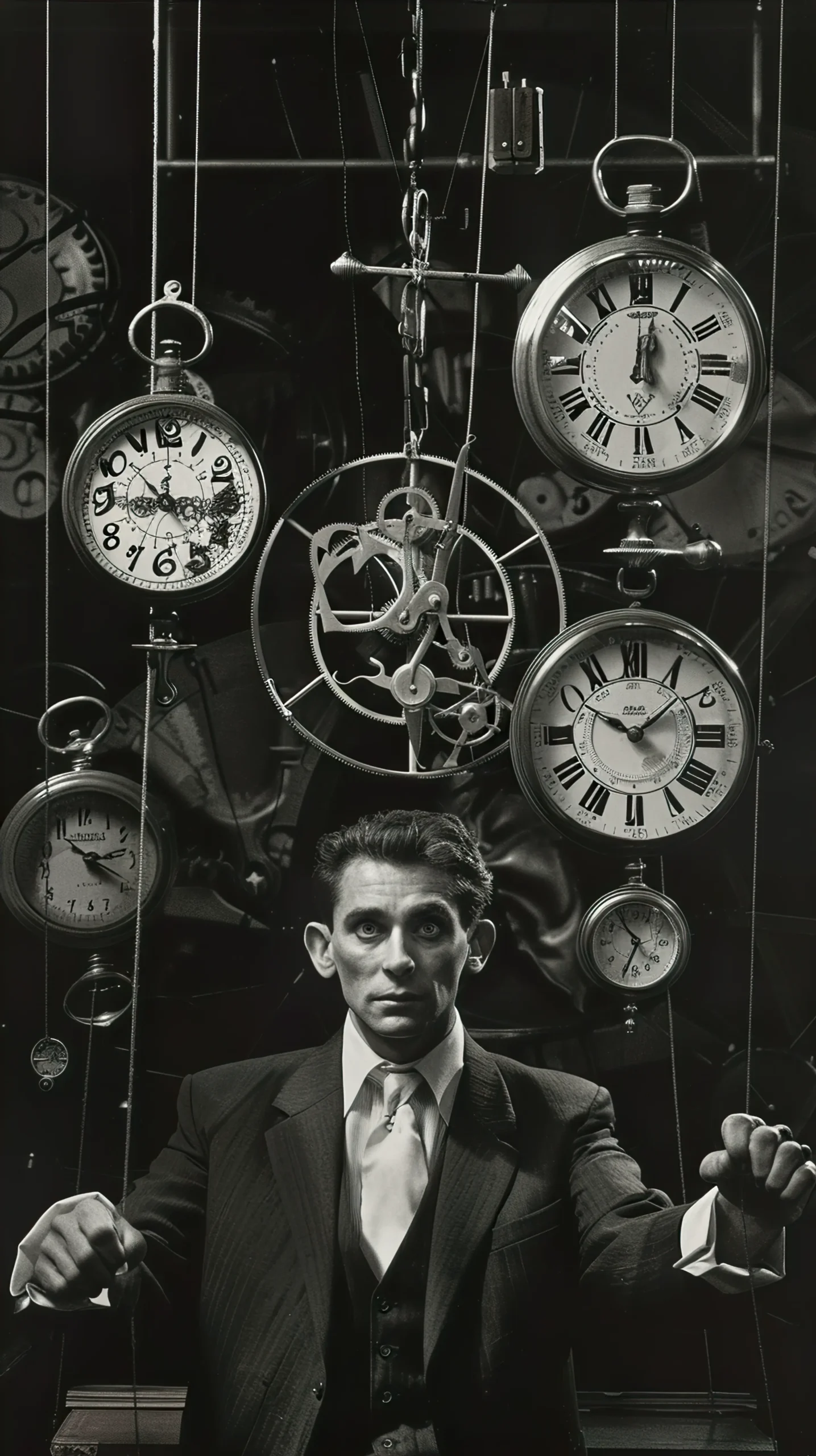
Photo: Freepik

